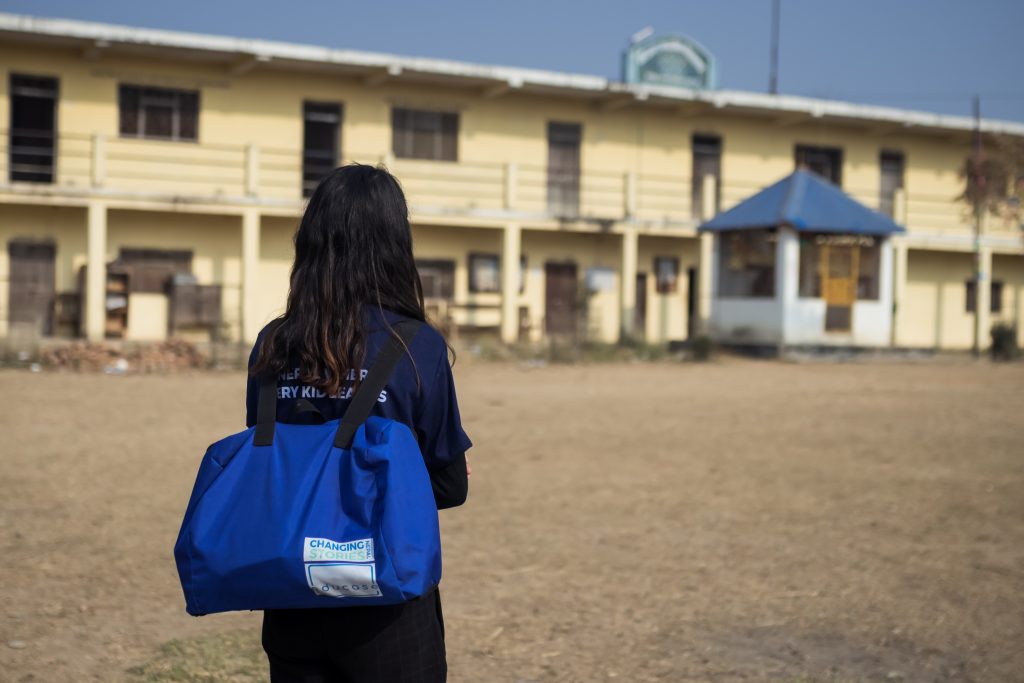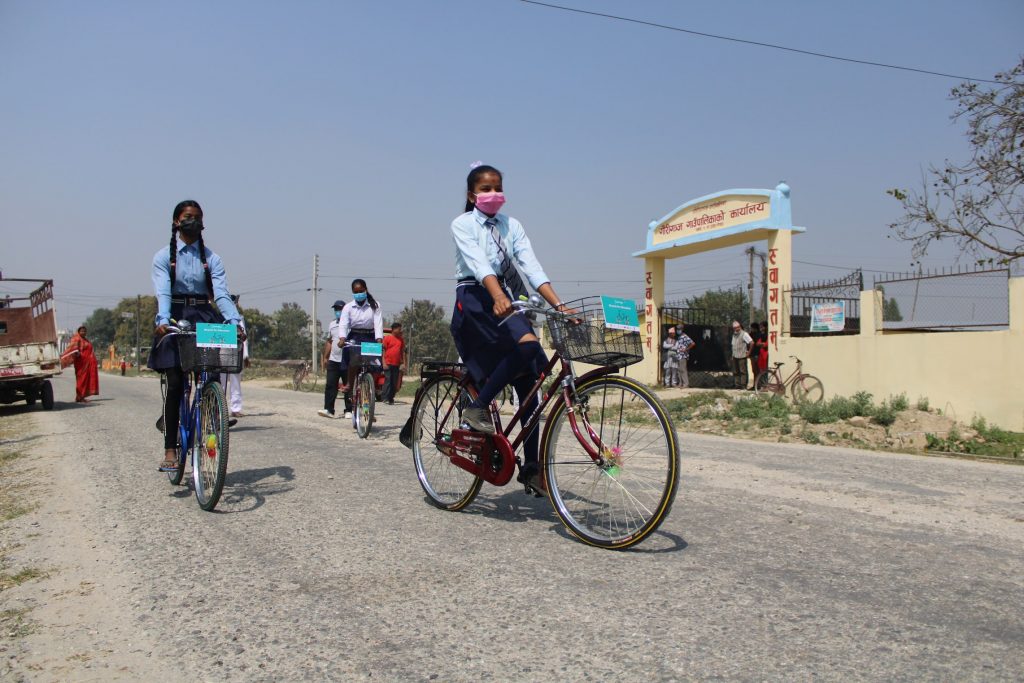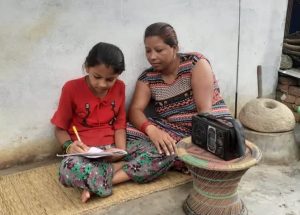
In the looming magnificence of Nepal’s mountains and amidst its vibrant culture, lies an underlying issue that silently undercuts the potential of half of its people; girls’ under-representation.
It is not just about numbers but unachieved dreams, wasted abilities and a vicious poverty cycle that keeps on going. Bringing more girls into classrooms across Nepal is difficult but also full of hope and anticipation for a better future.
The stories of Nepali girls may differ. But many have similar stories like fetching water in the mornings instead of reading books, long distances they are supposed to walk to school which are deemed too far as well as household chores that are too heavily burdening them with less time for their homework.
Education for girls

Education for these girls remains an illusion because it has to come second after taking care of immediate family needs while upholding cultural norms that assign specific duties and roles.
These barriers to their education are both complicated and deeply ingrained in themselves. In rural Nepal where the majority of the population resides, gendered traditional roles often restrict girls. What worsens this problem even further is economic hardship wherein families must make heart-rending choices – whether or not they can afford to educate their boys over their daughters.
Yet, amidst these challenges, there lies a pathway to change. It begins with the heart of the community – understanding and reshaping the cultural narratives that have long-defined gender roles.
Engaging community leaders, parents, and local organisations in dialogue about the value of educating girls can spark a cultural shift, transforming outdated norms into a collective support system for girls’ education.
Policy reform plays a crucial role in this transformation. The Nepali government has indeed made strides with initiatives aimed at making education more accessible. Yet, there’s a need for policies that specifically target the barriers preventing girls from reaching the classroom.
Solutions such as scholarships for girls, building schools within closer proximity to remote villages, and providing essential school supplies can help alleviate the economic and physical burdens that families face.
Need for tailored educational programmes

Innovative educational programmes tailored to the needs of Nepali girls offer another beacon of hope. Flexible schooling hours, gender-sensitive curricula, and teacher training on gender issues could create an educational environment where girls are not just present but are thriving. These adjustments acknowledge the unique challenges girls face and offer practical solutions that make education a viable part of their lives.
The impact of these efforts extends far beyond individual lives. Educating girls can transform economies, reduce poverty, and promote health and well-being across communities. It’s a ripple effect that starts with a single girl sitting in a classroom, her mind alight with knowledge and the promise of a future she will shape.
Indeed, there are glimmers of this transformation across Nepal. In pockets of the country, targeted interventions have led to remarkable increases in girls’ school enrollment. These success stories are a testament to what is possible when communities, governments, and organisations come together with a shared vision.
But the work is far from over. The dream of educating every girl in Nepal is ambitious, yet it is within reach. It requires a continued commitment from all sectors of society—a collective effort that champions the cause of girls’ education at every turn.
As we move forward, let’s envision Nepal where every girl can walk through the doors of a school, not just as a student, but as a future leader, innovator, and change-maker. It’s a journey that requires persistence, collaboration, and heart. But it’s a journey that will light the way for generations to come, illuminating a path where every girl can follow her dreams, empowered by the transformative power of education.



















